Week 04 – Light in the National Museum of Scotland

The National Museum of Scotland offers a fascinating exploration of how light interacts with space and materials, shaping the overall atmosphere of the museum. As we moved through different galleries, we observed how natural and artificial light influenced our perception of exhibits and architectural elements.
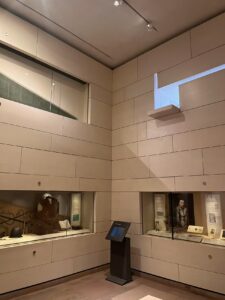
One key aspect was how light reacted with different materials. In areas with glass and polished metal, light reflected and scattered, creating a sense of openness and brightness. Meanwhile, surfaces like wood and stone absorbed light, resulting in a warmer, more intimate atmosphere. Particularly in the historic sections of the museum, soft, diffused lighting enhanced the texture of aged artifacts, adding a sense of depth and history.
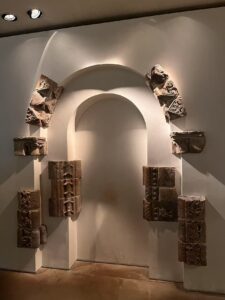
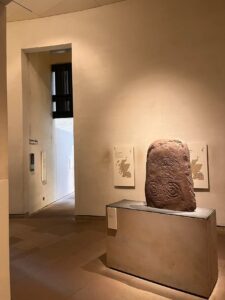
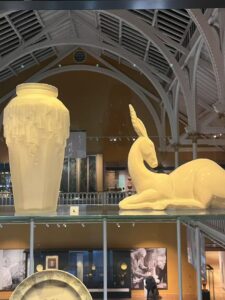

Light also played a crucial role in defining the atmosphere of different zones. In open atriums and central halls, large skylights allowed natural daylight to flood the space, creating a lively and dynamic setting. The contrast was striking in more enclosed exhibition areas, where controlled artificial lighting focused attention on specific objects, evoking a sense of mystery and contemplation.

Additionally, transitional spaces, such as corridors and staircases, demonstrated a gradual shift in lighting intensity. Moving from bright, naturally lit areas into dimly illuminated galleries heightened the sense of anticipation, guiding visitors through the museum’s narrative journey.
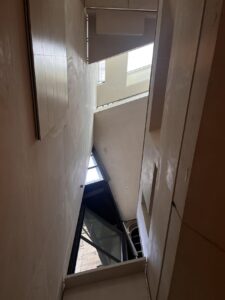
Ultimately, the interplay of light, material, and spatial arrangement in the National Museum of Scotland transforms it from a mere exhibition space into an immersive experience, where light is not just an illuminator but a storyteller, shaping the way we engage with history and culture.





